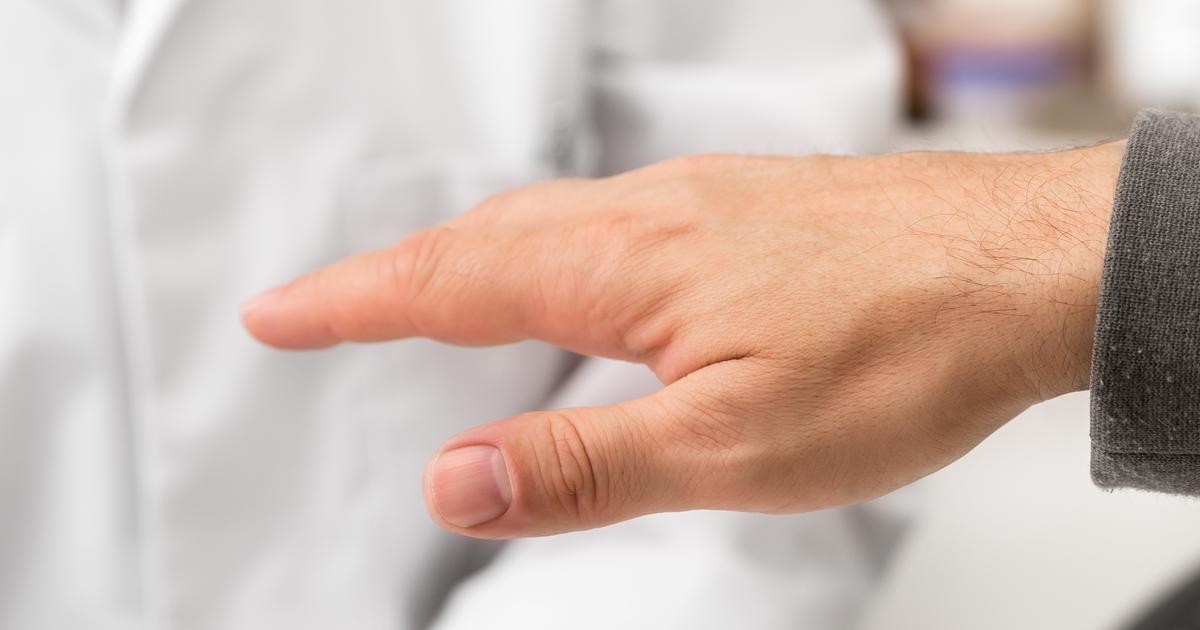Dealing With Parkinson's Disease: A Guide For Patients And Families
Parkinson's disease is an ongoing, progressive disease of the nervous system that affects a patient's movement. Millions of individuals worldwide are diagnosed with Parkinson's disease, and though there is currently no cure for it, there are treatment options to help manage symptoms quite effectively. The cause of Parkinson's disease is presently not known, but research attributes the disease to a combination of genetic and environmental factors. About ten to fifteen percent of cases of Parkinson's disease are considered genetic forms, so the chance of getting the disease if it runs in the family is fairly low. Age also plays a role, with most cases of Parkinson's disease beginning after an individual is sixty years old.
Get the full details on dealing with Parkinson's disease now, starting with the symptoms.
The Symptoms To Watch For

Individuals with Parkinson's disease will often experience symptoms differently, though there are similarities in the main types of symptoms seen in this condition. These symptoms include tremors, slowness of movement (bradykinesia), the stiffness of the trunk and limbs (rigidity), impaired coordination and balance (postural instability), the loss of automatic movements, and changes in writing and speech. Tremors usually begin in the patient's fingers or hands even when at rest and their forefinger and thumb may rub each other in a 'pill-rolling' tremor. Bradykinesia results in tasks feeling more difficult and taking much longer to do. An individual's steps may shorten, and their feet may drag. Stiff muscles can reduce the range of motion and cause pain. The patient's posture may stoop, and balance may weaken when standing or walking. Speech changes may result in reduced volume, slurring, hesitating or speaking too quickly and writing may become difficult.
Everyone, both the patient and their families, should be aware of the complications associated with Parkinson's disease. Learn about these next.